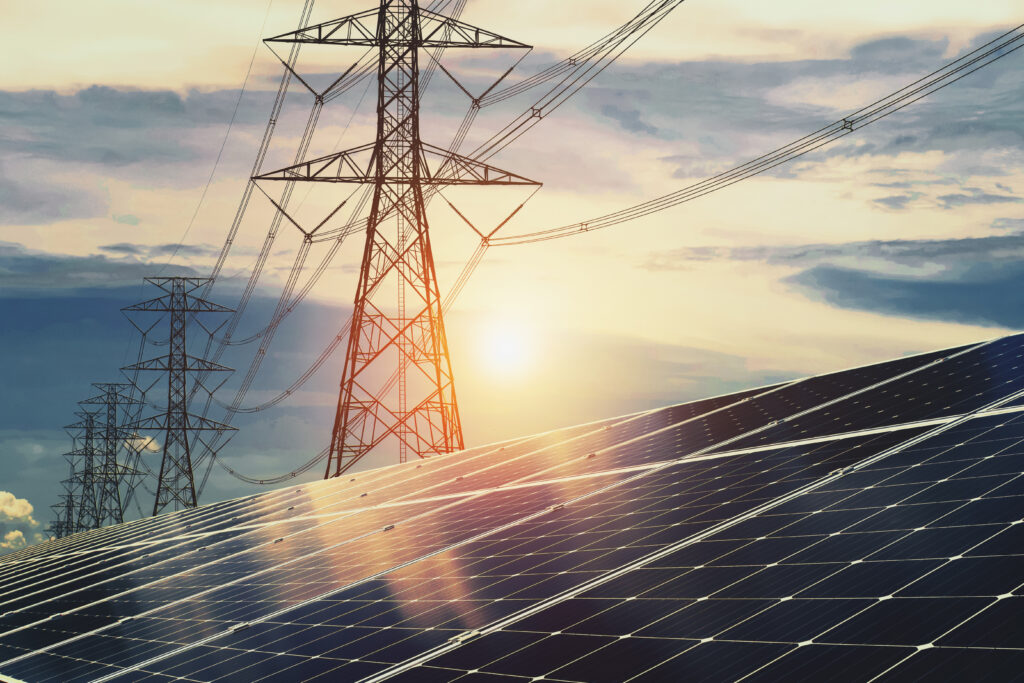
Better Grid Management Can Benefit Ratepayers
Slow connection of cheap, clean solar to the grid by utilities is costing ratepayers in dollars and pollution. CCEBA interviewed Tyler Norris on his recent paper, Beyond FERC Order 2023: Considerations on Deep Interconnection Reform.
Q: For people who aren’t in the energy field, what is “interconnection”, and why should they care about it?
Tyler Norris: “Interconnection” is basically a fancy way of saying “connect to the power grid.” The electricity from the grid that powers your home shows up because generators are “interconnected” to the grid. As electricity demand grows, more generators need to be developed and interconnected to keep the lights on.
Q: Is it fair to say slow interconnection rates are one of the biggest impediments to a clean energy transition?
Norris: Yes. The backlog of clean, low-cost energy generators waiting to connect to the grid in the U.S. is large enough to clean up most of the electric power system. Not all of those generators will ultimately be built, but speeding up the interconnection process can allow ratepayers to access cheaper, cleaner electricity from new generators more quickly, ultimately putting downward pressure on electricity rates.
Q: What are interconnection rates like in the Southeast?
Norris: Outside of Florida, interconnection rates in the Southeast are relatively low. In 2022, for example, Texas interconnected at least 6,000 megawatts (MW) of new generation capacity, compared to approximately 600 MW in Georgia, 250 MW in North Carolina, 170 MW in Tennessee, and 125 MW in South Carolina, according to EIA data. Some of these states have achieved higher rates in the past, suggesting that progress is possible. For example, North Carolina interconnected 780 MW of new solar in 2017.
Q: What major conclusions did you draw from your research that could be applied to speed the clean energy transition in this region?
Norris: What we’re learning is that legacy interconnection processes in most U.S. electricity markets are excessively restrictive in a way that slows interconnection rates and inflates grid upgrade costs. Texas’ much faster interconnection rate suggests that a less restrictive study process can accelerate the addition of new generators in a way that can be managed after their integration with the grid via proactive transmission planning, enabling more capacity additions without sacrificing reliability. What’s needed next is for a forward-looking utility or ISO/RTO to demonstrate how Texas’ interconnection approach can be adapted into a different market context, which my paper explores further.
You can find Tyler Norris’ full research paper here and additional coverage of his findings here.
Tyler Norris is currently a James B. Duke Fellow and Ph.D. student at Duke University’s Nicholas School of the Environment, where his research focuses on electric power systems. Previously he served as VP of Development at Cypress Creek Renewables, Director at S&P Global Platts, and Special Advisor at the US Department of Energy. Learn more about his work here.

Recent Comments